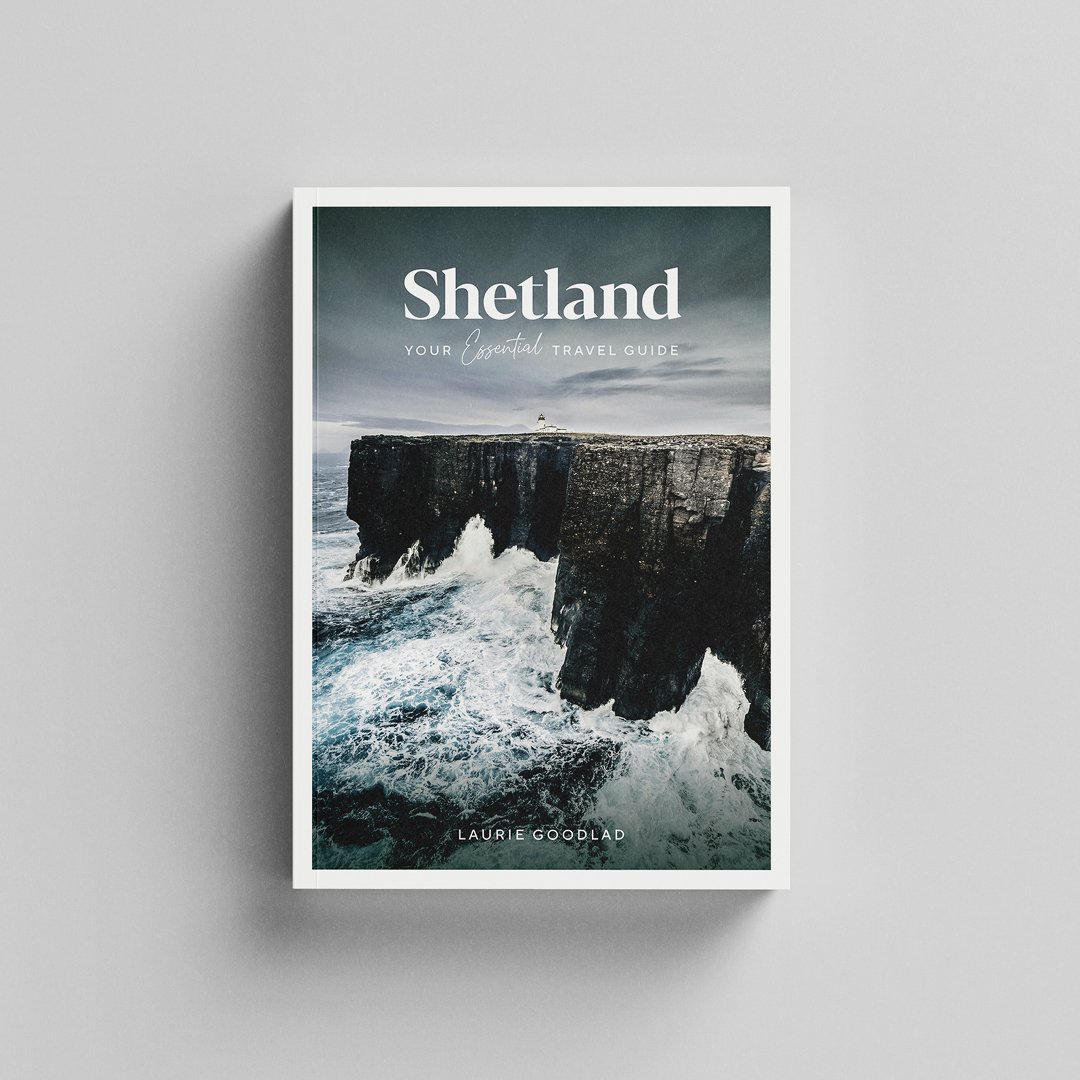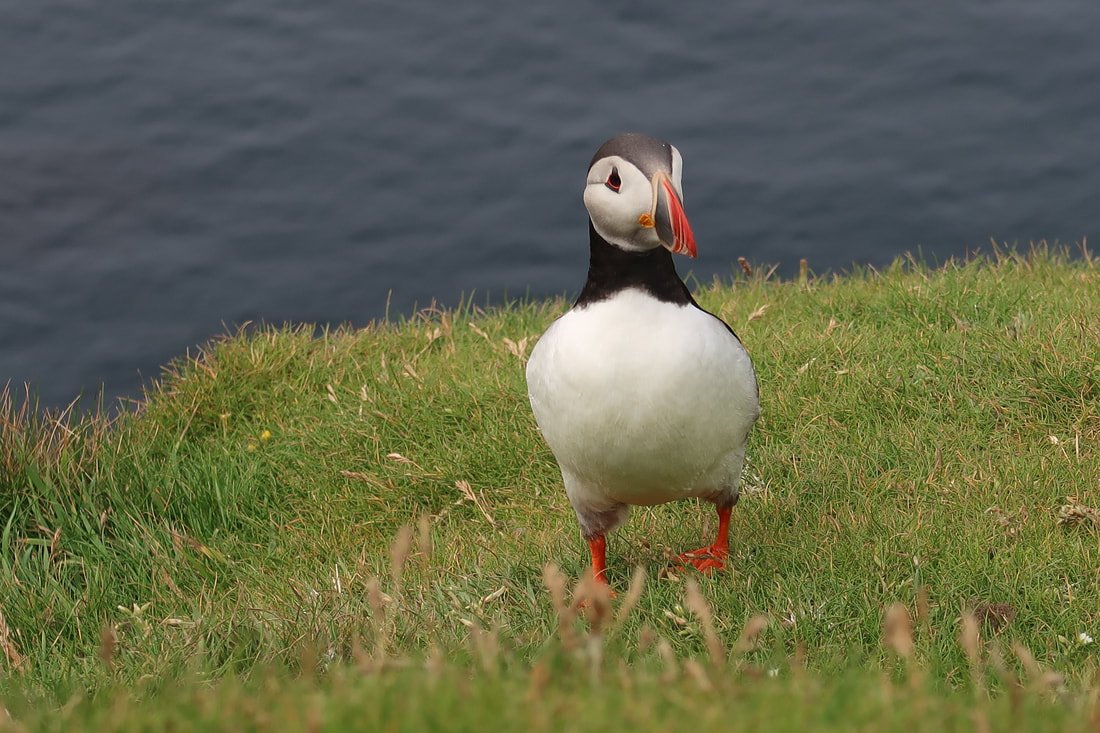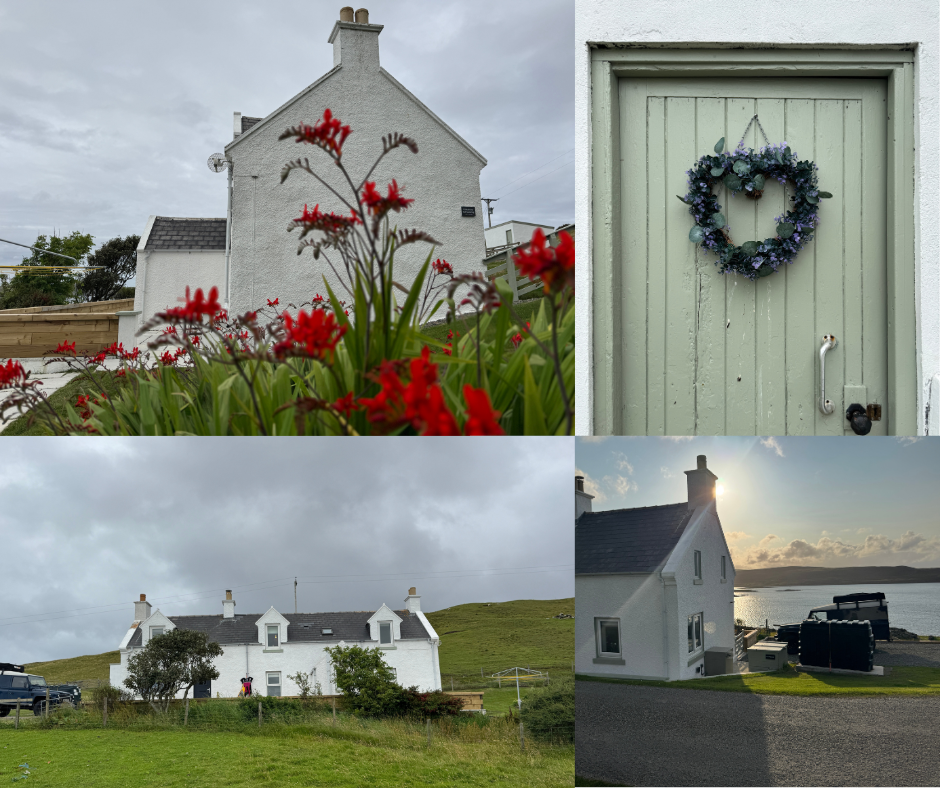Scottish travel blog from an islander’s perspective
Book Review: Wild Shetland Through the Seasons
Brydon Thomason is a Fetlar-born Shetland naturalist who has spent decades in Shetland’s landscapes, photographing and observing the incredible wildlife of our islands. Brydon is also the owner of Shetland Nature, who run wildlife holidays and guided tours throughout Shetland, and this latest book showcases his incredible archive of photographs, along with his insights into the seasons which, as they change, bring different wildlife experiences with them.
The book itself is a work of art, featuring 80 species illustrated through 179 images across 286 pages and opening with an incredible double-page spread of a raft of eider ducks, commonly seen throughout the winter months around Shetland waters. The captivating photographs are brought to life with Brydon’s words that take the reader on a journey through Shetland’s seasonal wildlife highlights.
Book Review: The Salt Roads: How Fish made a Culture by John Goodlad
John’s perspective is unique in a modern socio-political context; he can look to the past for lessons while keeping a firm eye on the horizon and the future. He is neither bogged down in the past nor blinkered by the present. Much of what he discusses has a subtly woven political thread, hinting at his personal views and politics, yet they are never jarring or out of context. He has an innate ability to weave everything back to the fishing – an indication that this industry is fundamental to the very survival of our island communities.
Book review: From Honky-tonks to Helicopters
Lerwick-born Douglas Sinclair is well-known as a local author who has particularly enriched our knowledge of Lerwick with his fantastic books Old Lerwick: People and Places (2017) and Old Lerwick: Lanes and Lodberries (2021). From Honky-tonks to Helicopters is a real break away from what we have come to expect from Douglas, who has been publishing historical features since he retired in 2001. It captures a moment of significant change in Shetland with the coming of oil to the islands and all the societal shifts brought with it.
Book Review: Farewell Fugley Island
Farewell Fugley Island was written by Alec Crawford and published by the Shetland Times in 2022. Alec, a wreck diver, arrived in Foula in the 1970s and spent six years living and working in the island, salvaging precious wreck material from the remains of the great liner Oceanic that was lost during the First World War.
The book is more a social history account of life on the island in the 1970s than an examination of diving the wreck. Examining a time of significant change on the island, Alec arrived as the last of the island’s cows were sold, and the community shop was set to close. Several young people had left, leaving a question mark over the future viability of this remote island that marks Shetland’s western horizon.
Book review: Call of the Running Tide
“I’m passionate about the past, grateful for the present and look forward to a bright and prosperous tomorrow.”
Call of the Running Tide, written by Louis Johnson, and one of the latest publications from the Shetland Times sold out soon after it was released just before Christmas, has been brought back into stock with a hasty reprint.
Book Review: Shetland Mist
Shetland Mist is a haunting and evocative tale of faith, life, love and loss, set against the backdrop of 19th century Shetland, where families toiled, day in and day out to survive, eking out a meagre existence from the harsh and unforgiving land and sea.
Book Review: Shetland's Boats: Origin, evolution and use by Marc Chivers
Shetland's Boats: Origin, evolution and use is the book every boat enthusiast has been waiting for. There has yet to be a comprehensive study of Shetland's vernacular boats so rigorously carried out since Adrian Osler's The Shetland Boat: South Mainland and Fair Isle, originally published in 1984. This publication has, until now, been the 'go-to' work on Shetland's vernacular boats. But, for the first time, we now have a thorough compendium of Shetland's boats through history, all meticulously researched and interpreted, in one place.
Book reviews - Best Days with Shetland’s Birds and Shetland Puffin
It’s hard to write a positive narrative of Shetland’s summer so far. Avian flu is devastating our breeding seabird colonies and, as I write, we’re enduring another spell of bad weather – low-lying fog, chill wind and drizzle – in all, there haven’t been many positives to write about this summer.Yet, as I stood last night, at midnight, watching the incredible frenzy of storm petrels returning to their breeding grounds within the broch walls at Mousa, I r [...]
Book Review – The Sandness Story
Sandness is the most westerly frontier of Mainland Shetland. It has the distinct feeling of being an island rather than part of the Mainland due to its relative geographical isolation from Lerwick. The boundaries of Sandness are clear and the community has the same tight-knit feel that you would expect to find on any of the outlying islands, where a bond of community exists that has, in many ways, been lost from the rest of Mainland Shetland.Ian Tait describes Sandness’ position w [...]
Book review – Old Lerwick: Lanes and Lodberries
Old Lerwick Old Lerwick: Lanes and Lodberries by Douglas Sinclair is the long-anticipated follow on from Old Lerwick: People and Places published in 2017. Douglas Sinclair is a Lerwegian and historian who grew up in the historic south end of Lerwick and has spent most of his life living in the heart of Lerwick, immersing himself in the history, the people and the places. He has dedicated much of his adult life to unearthing and telling the stories of the town – in fact if you&rsquo [...]
Book review – : Fiction and reminiscences in the Shetland dialect
Ah, what a read, what a joy – Aye Someane Deid, Aye Someane Boarn – is the literary equivalent of a big bosie [hug] with an old and trusted friend. After the rush of Christmas, I read this book in the long month of January and what a tonic Barbara’s words were. She left me laughing, smiling, and longing for more.There are many fantastic books published in Shetland and, with Scotland's Year of Stories kicking off, I thought it was a good opportunity to review Barbara Fr [...]
Book Review: In Days Gone By by Charlie Simpson
In Days Gone ByCharlie SimpsonThe Shetland Times (2021)Buy it hereIn Days Gone By, Charlie Simpson’s latest book is a newly published collection of essays that Charlie has written over the years and published in the Shetland Times newspaper. Across 20 pieces, Charlie covers much of 20th-century life in Shetland, from salt herring and wartime sinkings to developing the islands’ infrastructure and services. From a social history point of view, I found the [...]
Book review: A Family at War; 1914-1918 by Margaret Stuart
Over 100 years have passed since the guns of the First World War fell silent over the battlefields of Europe. This week, I always think about the terrible loss of life – in both the First War and all wars.I wrote extensively about the First World War after making it a personal mission during the centenary years to research and remember those who fought for King and country during that bloody war.In the past, I’ve shared; a family story and a recipe for Trench Cake, a tragic [...]
Shetland with Laurie’s guide to the best of Shetland fiction
Jarlshof, the Earl's House (see The Pirate below). Photo: Sophie Whitehead I don’t know about you, but I’ve been enjoying getting through my reading list recently; and what better way to enjoy a place, without visiting, than through the pages of a well-written book.In this blog, I have selected my top 10 Shetland fiction reads which I hope you too will enjoy and savour until you can visit. So draa in a chair and start reading ... Shadowed Valley by John. J. Graham [...]
Seabirds and Seals: A book review
‘Whiskers’, a favourite grey seal at Shetland Catch. Photo courtesy of Jonathan Wills. With more and more of us looking to literature to get our daily break away from the news, I thought that in this blog, I would share a book review I wrote for The New Shetlander. The New Shetlander is a magazine founded in 1947 – the oldest literary and community journal in Scotland. It comes out every quarter, and the editors welcome contributions about Shetland and the world. If y [...]
More about Shetland
Shetland is in my blood. Visit my blog for local insights, tips and advice.


























































Nestled at the end of a winding country road just outside Vidlin, Kirkabister is a beautifully restored traditional cottage overlooking the sheltered waters of Vidlin Voe.
New to Shetland’s self-catering market, Kirkabister has been thoughtfully brought to life by owner Lynsey, whose attention to detail is seen throughout.
Sleeping up to eight guests, Kirkabister is ideal for families or groups looking to make the most of their Shetland holiday. Warm, welcoming, and rich in story, it’s more than a place to stay – it’s a home to return to. Read on for a full travel itinerary.